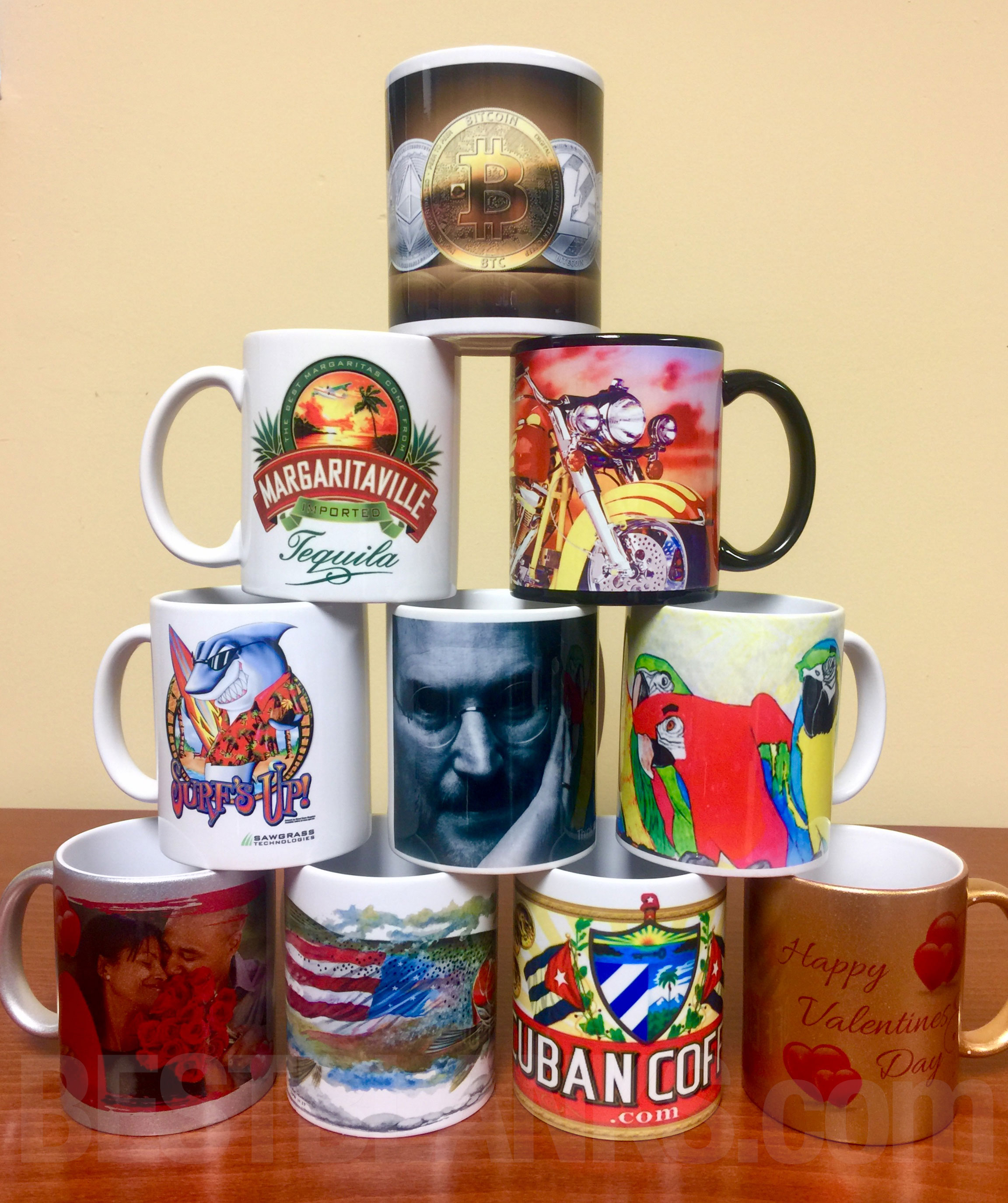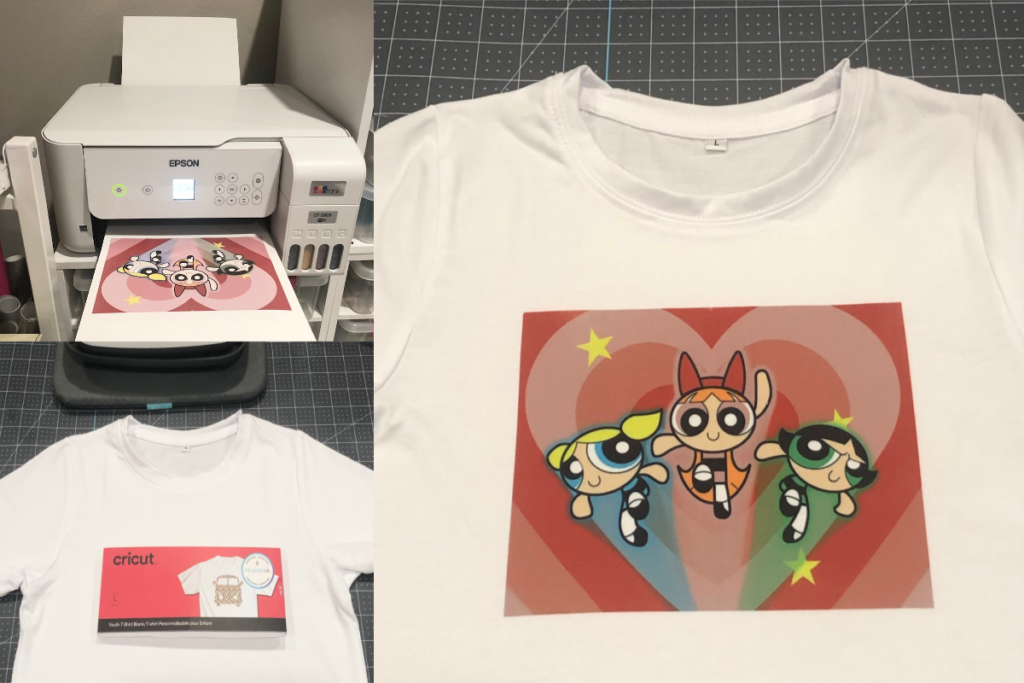The Best Guide to Sublimation Printing for Personalized Clothing
The Best Guide to Sublimation Printing for Personalized Clothing
Blog Article
Developments in DTF Printing: Just How It's Reinventing the Market
The fabric printing industry is going through a substantial improvement, driven by the cutting-edge developments in Direct-to-Film (DTF) modern technology. These innovations are not just enhancing print top quality and flexibility however likewise improving the whole printing procedure. With remarkable ink solutions, improved film and adhesive modern technologies, and the assimilation of automation, DTF printing supplies lively, durable prints on a selection of textiles, satisfying the boosting demand for modification. As companies seek extra ecologically pleasant and effective solutions, the ramifications of these advancements necessitate a closer evaluation into just how they are shaping the future of fabric printing.
Innovations in DTF Modern Technology
Progressing quickly, DTF (Direct-to-Film) printing technology has gone through substantial enhancements that are revolutionizing the fabric industry. Among the most notable improvements is the enhancement in print high quality. Modern DTF printers use sophisticated ink formulas that result in vibrant, sturdy prints with high resolution and color accuracy. These inks are especially crafted for compatibility with different fabric types, guaranteeing regular high quality no matter of the material.

Additionally, improvements in movie and sticky modern technologies have improved the overall application process. New films offer much better flexibility and attachment, boosting the durability and washability of the printed designs - Branded clothing. This guarantees that the prints preserve their integrity and vibrancy also after numerous cleans
Lastly, environmental factors to consider have triggered the development of environmentally friendly DTF options. Suppliers are significantly taking on sustainable practices, such as using recyclable films and water-based inks, straightening with international efforts to reduce the sector's environmental footprint.
Benefits Over Traditional Approaches
When comparing DTF printing to traditional approaches such as display printing and direct-to-garment (DTG) printing, a number of distinct benefits emerge. Branded clothing. Among the most considerable benefits is its convenience in material compatibility. Unlike display printing, which commonly needs particular fabric kinds, DTF printing can be put on a more comprehensive variety of materials, including cotton, polyester, and blends, without jeopardizing print high quality
One more remarkable advantage is cost-effectiveness, particularly for tiny to medium-sized orders. Standard display printing ends up being economically viable only at greater volumes because of the setup costs entailed. On the other hand, DTF printing eliminates these configuration costs, making it more inexpensive for smaller sized sets and one-off styles.
Moreover, DTF printing masters durability and washability. The prints generated are robust and keep their integrity through several clean cycles, outmatching DTG prints that may fade or split over time. In addition, DTF printing uses faster turnaround times. Without the demand for comprehensive configuration, layouts can be published and transferred in a fraction of the time needed for screen printing.

Enhanced Design Abilities
DTF printing offers improved layout abilities that establish it apart from typical printing approaches. The process entails printing a style onto a special film, which is then moved to fabric.
Moreover, DTF printing sustains a wide range of materials, including cotton, polyester, blends, and also non-textile substrates. This convenience opens doors for creative applications in diverse markets such as style, home decor, and promotional products. Unlike screen printing, which can be limiting as a result of shade separation and pattern production, DTF printing simplifies the process, making photo-realistic and multi-color styles extra accessible.
In addition, DTF printing masters attaining consistent color precision and vibrancy. This is vital for brand consistency and meeting consumer expectations. The innovation also sustains unique effects, such as metallic coatings and glow-in-the-dark elements, better expanding creative opportunities. Basically, DTF printing equips designers to press the boundaries of creative thinking, delivering visually stunning outcomes that were previously unattainable.
Cost and Time Performance
One of the remarkable advantages of DTF printing exists in its cost and time effectiveness, making it a preferred selection for numerous businesses. Unlike traditional techniques that need considerable financial investment in screens and configuration times, DTF printing permits for straight application onto numerous materials with minimal preparation.
Furthermore, DTF printing masters creating brief runs and custom-made orders cost-effectively. The capacity to produce high-grade prints without the requirement for huge volume dedications lessens waste and maximizes resource appropriation. This adaptability is particularly helpful for tiny services and start-ups that may not have the capital to purchase large production runs.
In terms of operational efficiency, DTF printing's streamlined process improves overall efficiency. Hence, DTF printing stands out as a transformative remedy in the printing sector.
Future Trends in DTF Printing
Anticipating future trends in DTF printing reveals a landscape marked by fast technological developments and enhanced market demand (sublimation printing). One considerable trend is the integration of expert system (AI) and artificial intelligence algorithms to enhance print high quality and streamline operations. AI-driven systems can predict potential concerns and readjust setups in real-time, making sure constantly high-grade result
In addition, improvements in lasting products and environment-friendly inks are expected to acquire traction. As ecological worries end up being much more pressing, the sector is likely to see a shift in the direction of non-toxic and biodegradable inks, decreasing its ecological impact.
Personalization and personalization will likewise play a pivotal duty. With the expanding consumer need for distinct, personalized items, DTF printing technologies are developing to provide more intricate and comprehensive customization choices. This pattern is sustained by boosted software solutions that enable even more facility and imaginative designs.
Finally, the integration of DTF printing with other digital platforms and e-commerce options will certainly come to be much more seamless. This connection will certainly make it possible for services to provide on-demand printing solutions directly to consumers, visit this website even more driving growth in the industry. These patterns jointly highlight a future where DTF printing not only satisfies however goes beyond the evolving needs of the marketplace.
Final Thought

When contrasting DTF printing to traditional techniques such as screen printing and direct-to-garment (DTG) printing, numerous distinct benefits emerge. Unlike screen printing, which frequently calls for specific material kinds, DTF printing visit this page can be applied to a wider array of materials, including cotton, polyester, and blends, without compromising print top quality.
DTF printing uses enhanced design capacities that establish it apart from conventional printing approaches. Thus, DTF printing stands out as a transformative read the full info here option in the printing sector.
Innovations in DTF printing considerably boost the textile printing market by supplying premium print performance, adaptability, and top quality.
Report this page